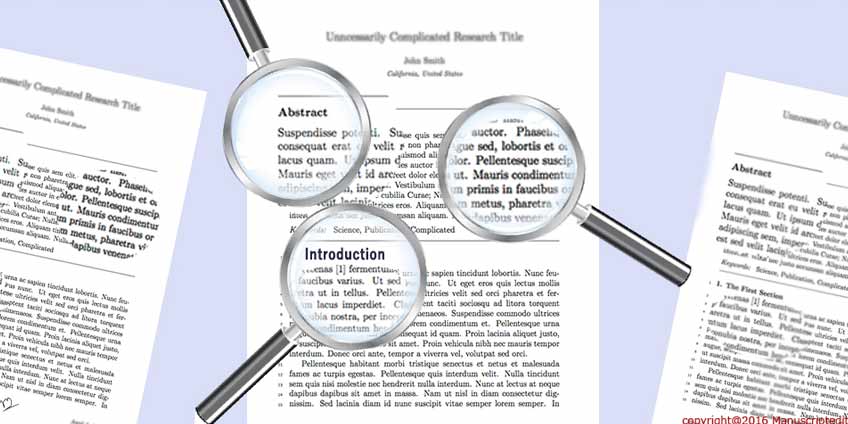Post-publication peer review (PPPR) is new to the publishing process. To comprehend PPPR, we must properly understand the term “peer review.” Peer review is a practice in publishing where research articles and other academic works are evaluated for quality assurance. It is conducted between manuscript submission and article publication stages. However, in this process, a limited number of people are allowed to review the articles and express their opinion. Thus, PPPR, a new peer review method, has been introduced to enable a more accurate review and aid wide reach.
PPPR allows a wider community to review the research work after publication. It not only widens the community but also increases opportunities for correction. PPPR is a solution to several peer review-related issues, including the lack of transparency, evaluative information, and peer review quality. Moreover, it is more rapid than other types of evaluation processes. PPPR is gaining popularity because of the ample high-quality web platforms that conduct this type of review. Thus, PPPR is creating quite an impact on the current scientific research. PPPR can be divided into two types: open pre-review manuscripts and open final version commenting.
The Types
Open pre-review manuscript review
Some sources provide researchers with an opportunity to minimize the traditional publication process, enabling researchers to make their work immediately available to the readers before the actual publication. Researchers can openly present their articles on any of the multiple repository platforms, which are open for commentary. The other researchers and academicians can then immediately publish their review on the article. This review can be submitted to the public repository platform. Repositories link the paper to its reviews, and thus the readers can readily view the paper with evaluated information. In some cases, manuscripts are submitted to the publishers in the traditional way, which are then immediately made available online. This method is used by some well-known journals, such as Atmospheric Chemistry and Physics and Semantic Web Journal. Other repositories providing open pre-review manuscript review are preprint servers, such as arXiv.org and bioRxiv.org, and catch-all repositories, such as Zenodo.org and Figshare.com. The primary advantage of open pre-review manuscript review is that anyone can openly submit a review and freely access any review from the available source.
Open final version commenting
Herein, the paper is made available for review after its publication. The declared fixed version of the paper is open for review and thus can undergo improvements. The Internet is the main player in increasing the opportunities for scholarly readers and researchers to offer their feedback regarding any research through numerous avenues. Furthermore, journals offer their own commentary to enable the readers to evaluate the research presented. Various academic networks, such as ResearchGate and Mendley, also offer their users to circulate their opinions. One of the most influential platforms for open final version commenting is Pubpeer; this is exemplified by a case on Pubpeer, wherein 40,000 viewers criticized a Nature paper on stimulus-triggered acquisition of pluripotent cells. Therefore, this type of PPPR can help in better evaluating highly controversial papers appearing in any journal.
Shortcomings
PPPR can lead to some problems. For instance, it can enable the “gotcha” mentality because reviewers who participate are often anonymous. Although anonymity can protect reviewers during both pre-publication peer review and PPPR from potential retaliation from authors, some anonymous participants in PPPR feel emboldened to cross the line to engage in nonconstructive criticism.
In summary, even with its shortcomings, PPPR has heavily influenced the research domain.
References

